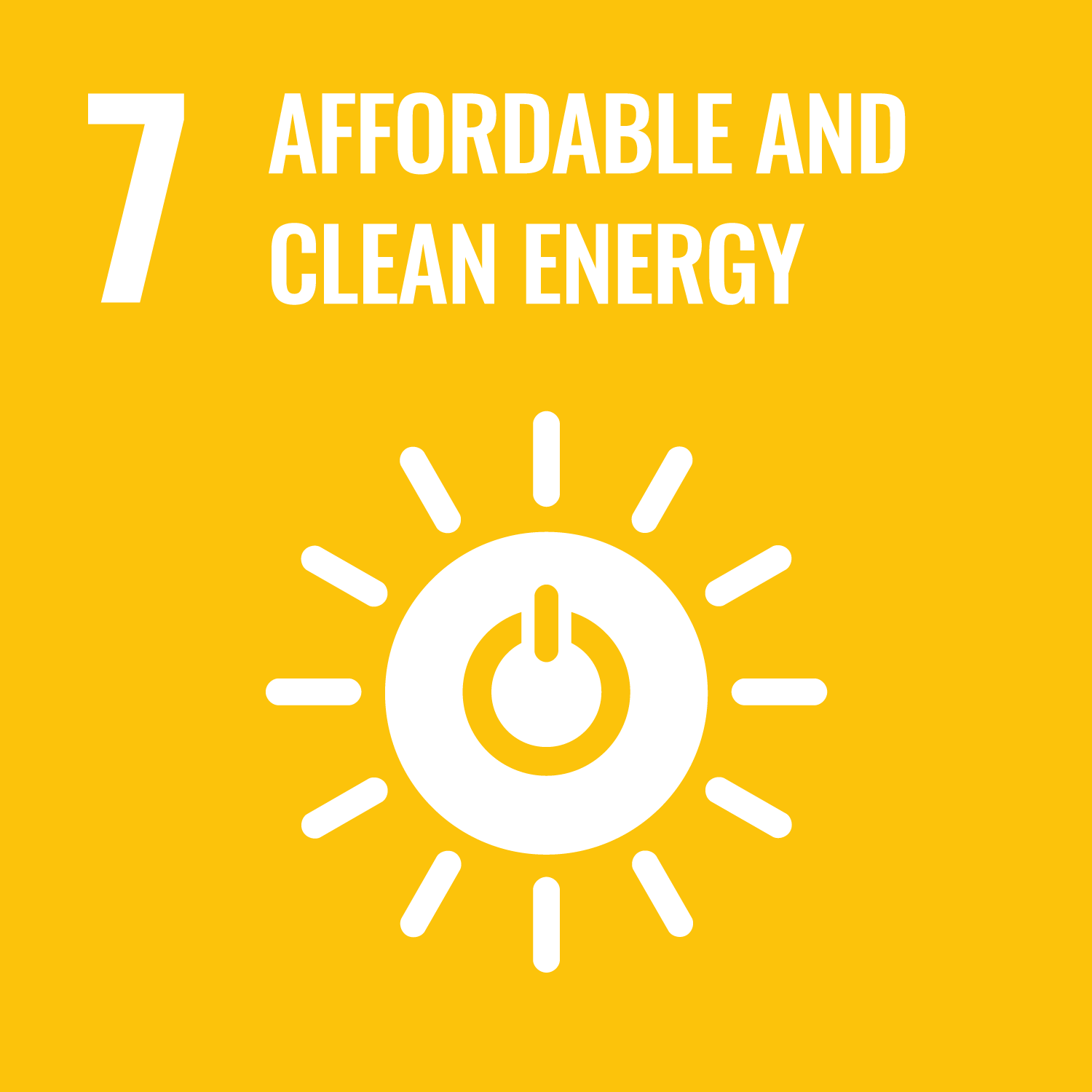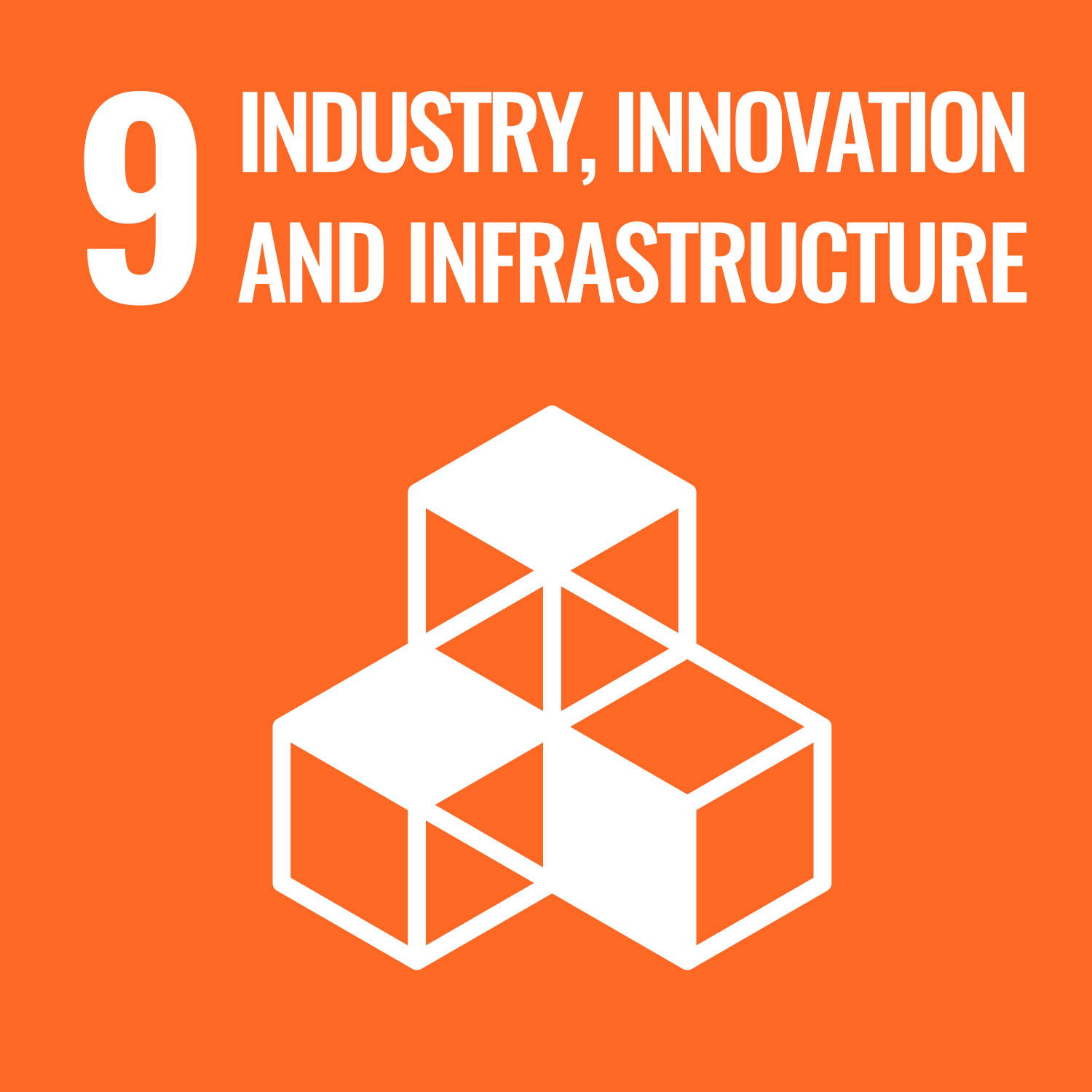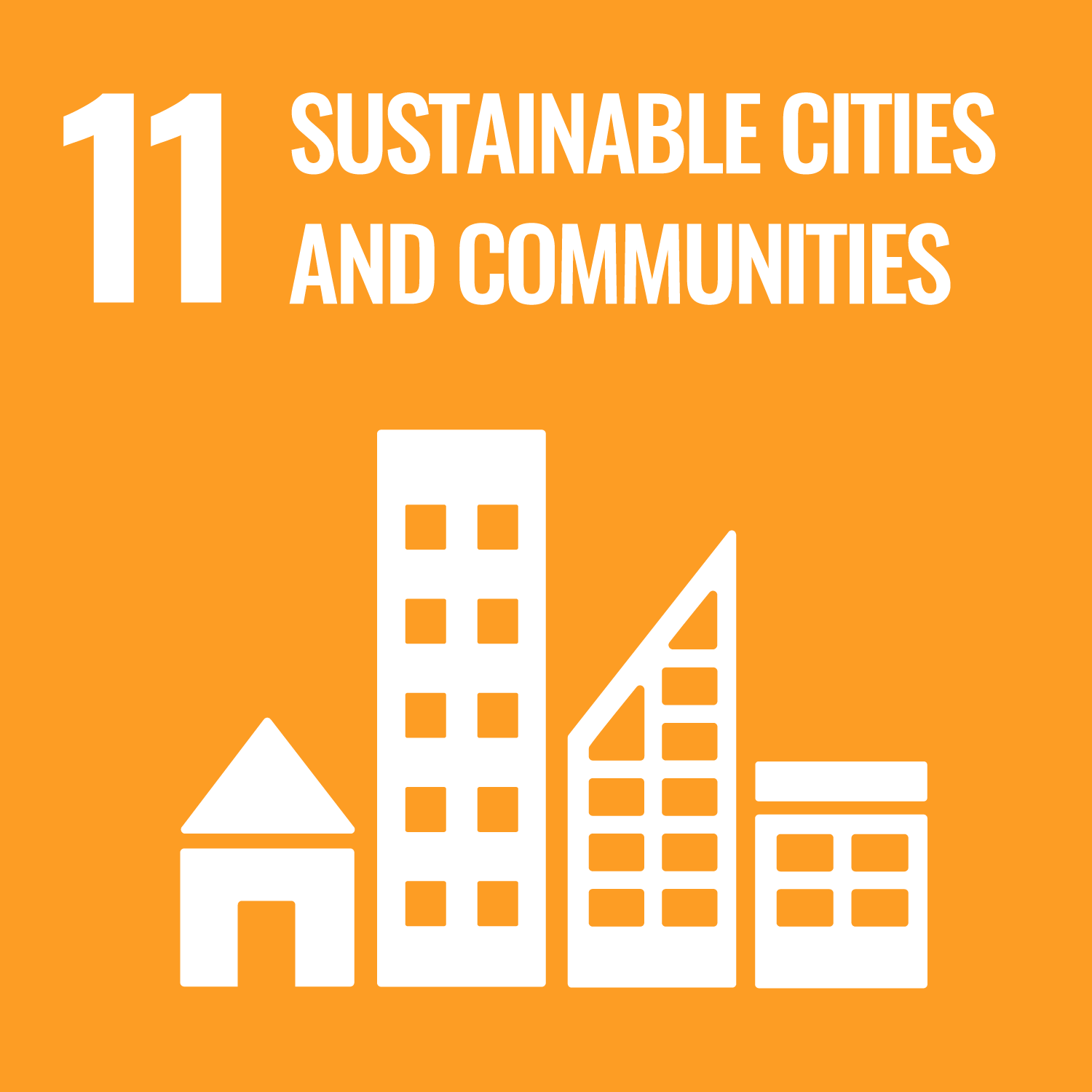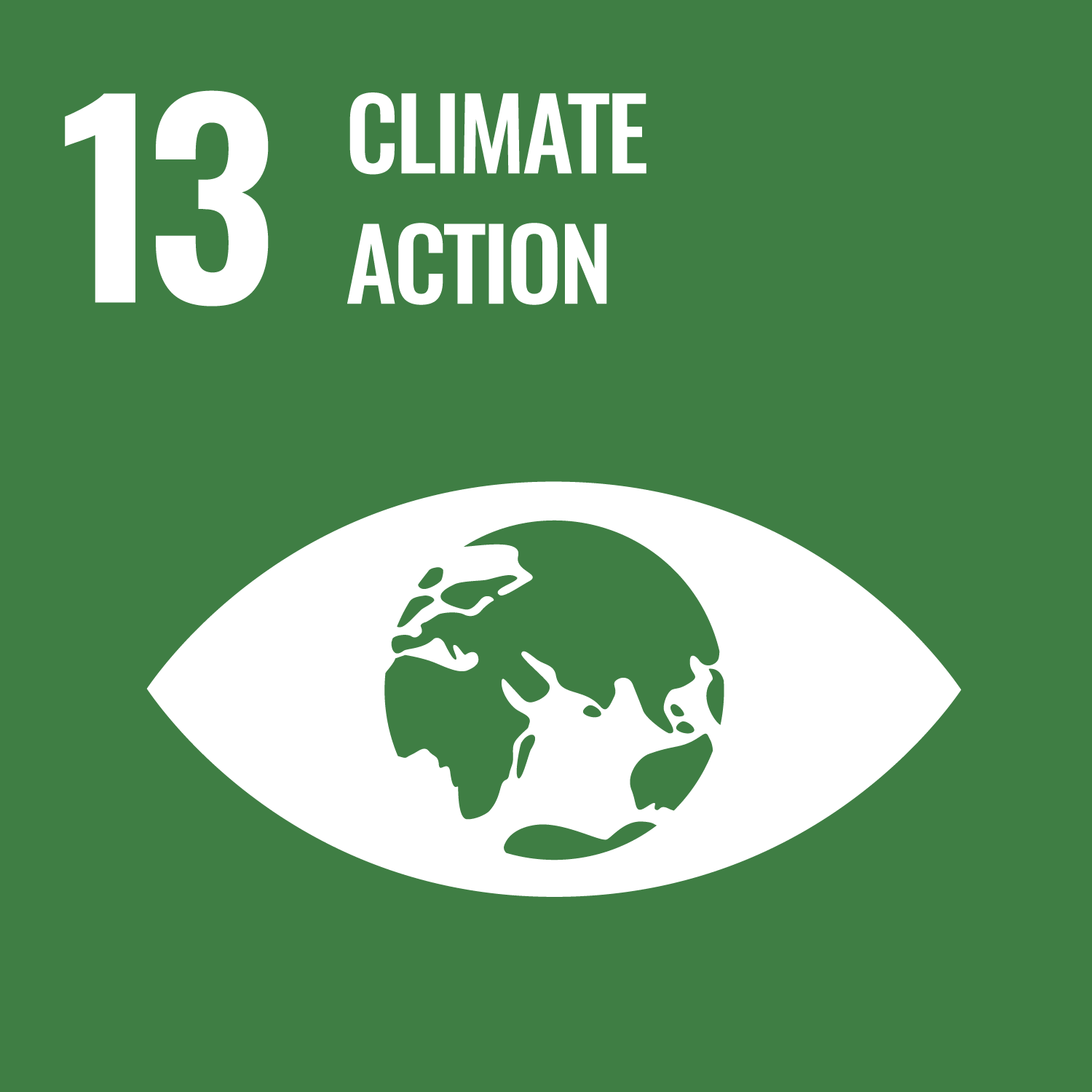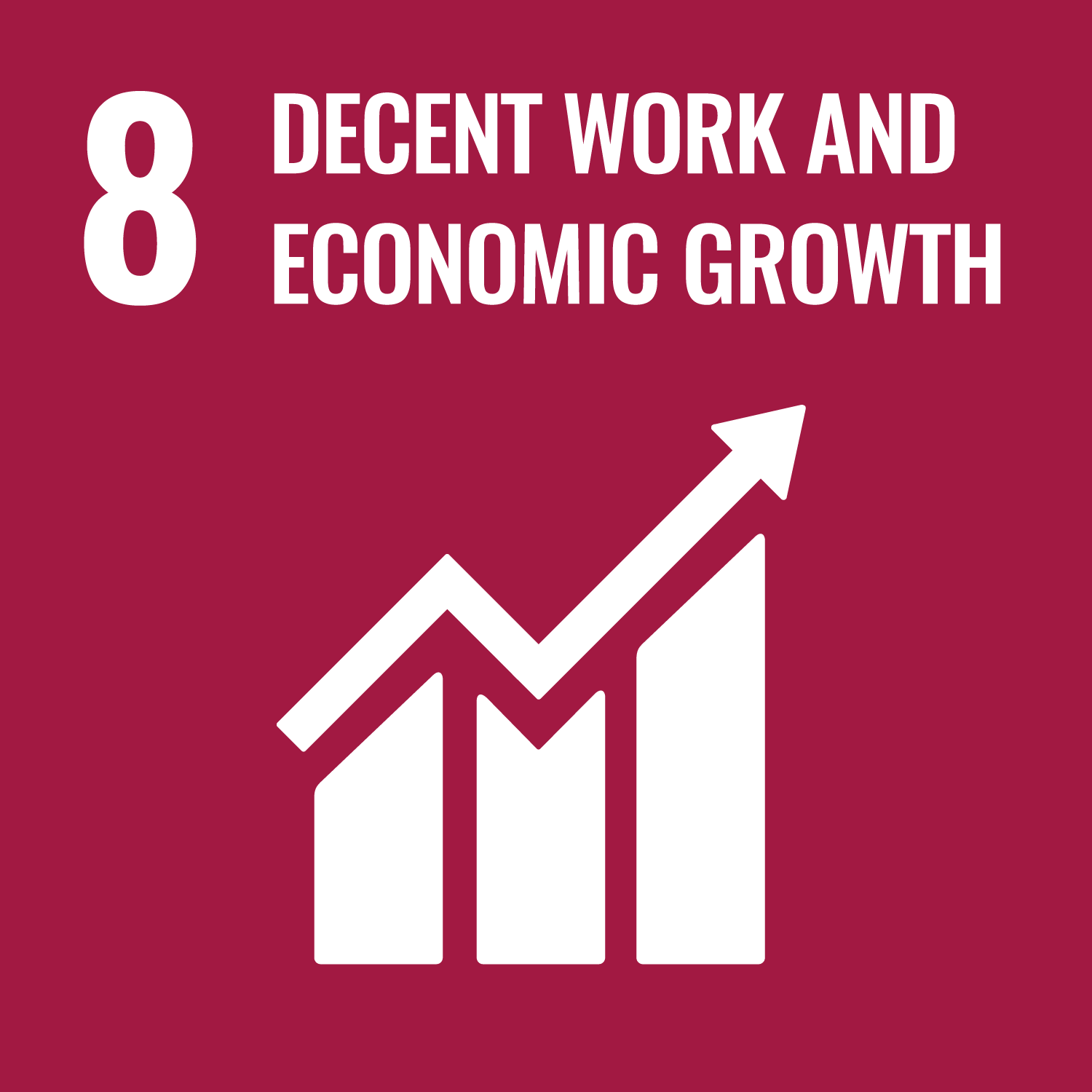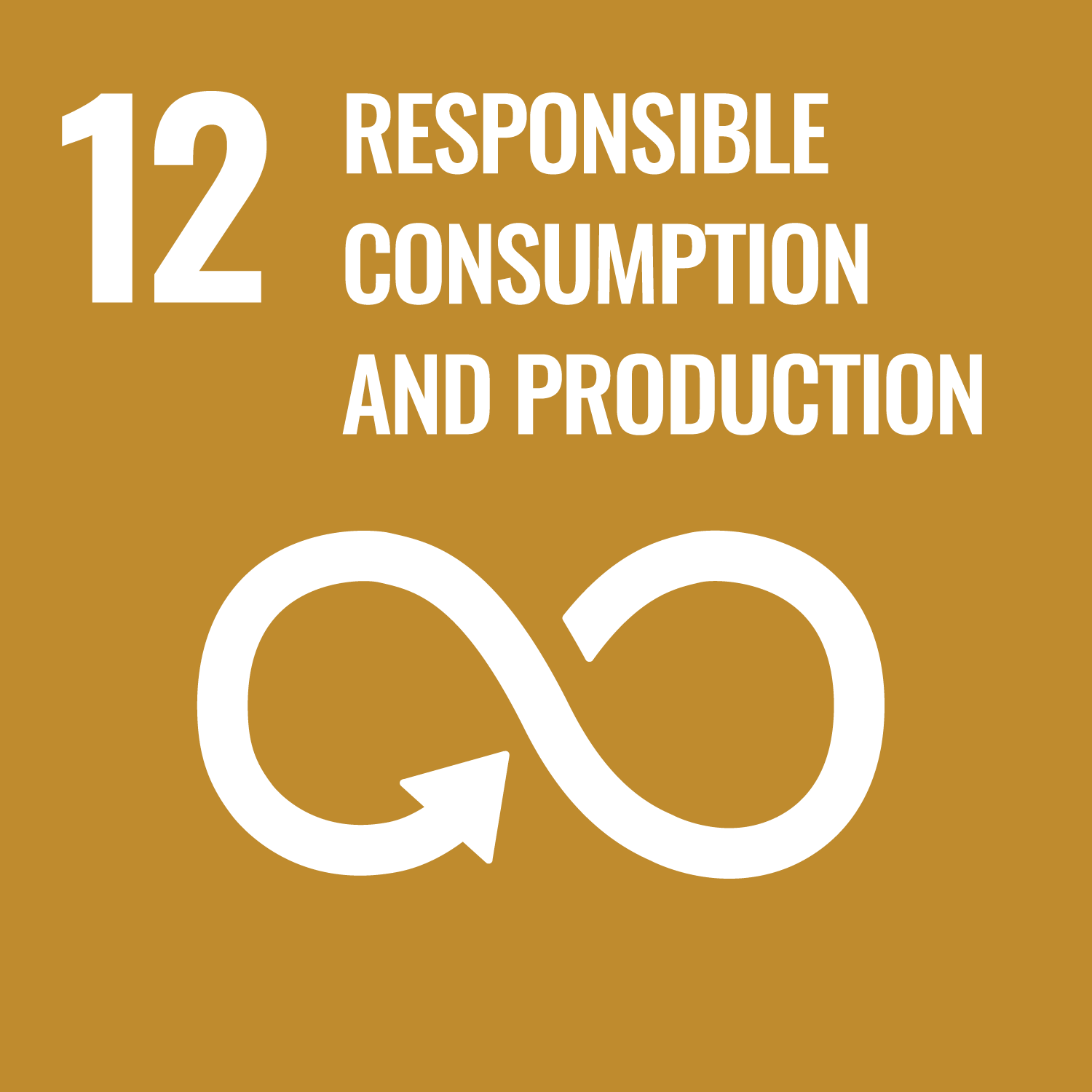LCS-FY2019-PP-18
An Assessment of the Economic and Carbon Emission Reduction Effects of the Distributed Energy Systems Including New Energy Conversion/Storage Technologies and Unutilized Heat Sources
Summary
Energy conservation at residential and commercial buildings in metropolitan areas is an essential element to establishing a low carbon society. If the extremely hot days seen during the summer season in recent years become the norm, the increased energy demand for cooling might raise a serious barrier to achieving greenhouse gas mitigation targets. Co-generation system (CGS) and photovoltaics have been deployed by the building sector for energy conservation. Recently, the building design concepts of Zero Energy Buildings (ZEB) and net Zero-Energy-Houses (ZEH) have been proposed as new energy conservation options, as well as the utilization of unused heat sources such as river heat and ground heat thanks to the progress of heat-pumps (HP).
This study consists of two parts. In the first part, we expand the previous regional energy flow model which evaluated three buildings in Tokyo to assess the contribution of energy efficiency technologies and energy transportation among consumers. We first divide the Koto-area in Tokyo into 151 sub-regions. We then expand our existing model to deal with the effects of weather and the utilization of unused heat sources, e.g. river heat, ground heat and the waste heat of subway stations. One year is then divided into 19 sub-seasons, i.e. (summer, winter and middle) × (working day and holiday) × (fine, cloudy and rainy) + three peak heat days of summer. The effects of “extreme hot summer” on the air conditioning demand are explicitly introduced.
The results show that, (1) the utilization of unused heat sources and energy transportation among consumers within the region reduce total annual costs by 22% and CO2 emissions by 26%; (2) further expansion of excess energy transportation among regions contribute approximately 1% additional cost and CO2 emission reductions; (3) a one degree rise of average summer temperature increases the cost and the CO2 emission by 6.6% and 1.9% respectively while two degree rise increases the cost and the CO2 emission by 13.3% and 4.0% using conventional energy and cooling systems; (4) when unused heat source and the energy transportation within the region are available, the cost and the CO2 emissions are still reduced by 16% and 22% respectively even with a one degree rise of average summer temperature; and (5) the rise of summer temperature by 1 degree causes a 30% increase of HP deployment while the energy use of absorption chiller devices is increased by 45% in the conventional case and by 25% when unused heat sources and energy transportation are available.
The second part of our study deals with the case of solar power generation and storage batteries in the consumer sector. Recently, the need to build self-sufficient energy systems has gained focus as a strategy to reduce load on the power grid. Power interchange systems have been introduced to consumers on an experimental basis, but issues such as the optimum capacity of facilities and the profitability of the system aggregator are still unknown. In this study, a power interchange simulation model is developed to evaluate the above. Based on a comparison to actual measured data, the annual power purchase from the grid was 7% lower and the amount of surplus electricity generated by photovoltaic power generation was 0.4% lower when calculated using the simulation model. The effect of introducing a power interchange system was also estimated. When we compare the simulation results of a general city block with and without power interchange, the self-consumption rate of solar power generation of the former is higher than that of the latter. Purchased power from the grid can be also slightly reduced when the power interchange system is introduced.
The above findings suggest that the integration of consumers and energy producers with different properties will contribute to energy conservation and CO2 emission reduction through the promotion of renewable energy sources. The development of a regional energy management system and institutional support to achieve regional integration will be needed to realize these contributions.
All Pages
Related Proposal Papers
- An Empirical Study of Regional Carbon Emission Reduction Potentials by a Smart Integration of Buildings and Mobility Energy Systems
- Policy Recommendation toward Low Carbon Society on Promotion of Energy Saving in Household Sector (Vol. 2)
- Change of Power Consumption after the Great East Japan Earthquake
- A Study on the Urban Distributed Energy System Design Including New Energy Conversion and Storage Systems, Unused Heat Sources, and Net Zero Energy Building Technologies
- Proposal for Implementing Pay-As-You-Save Scheme for Energy Efficiency Improvement in Residential and SMEs

